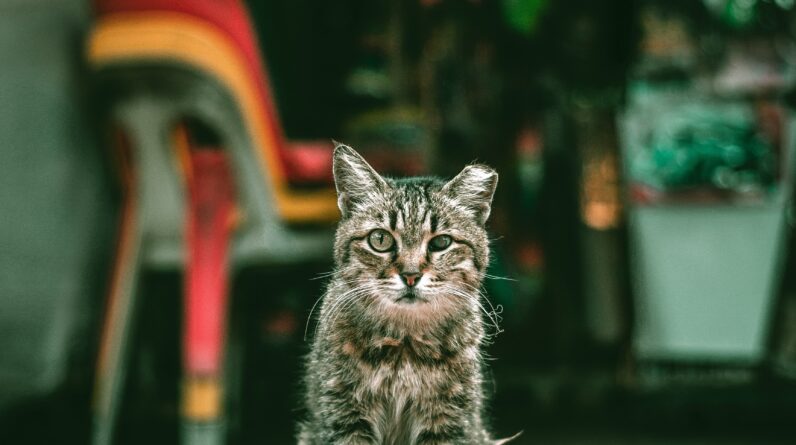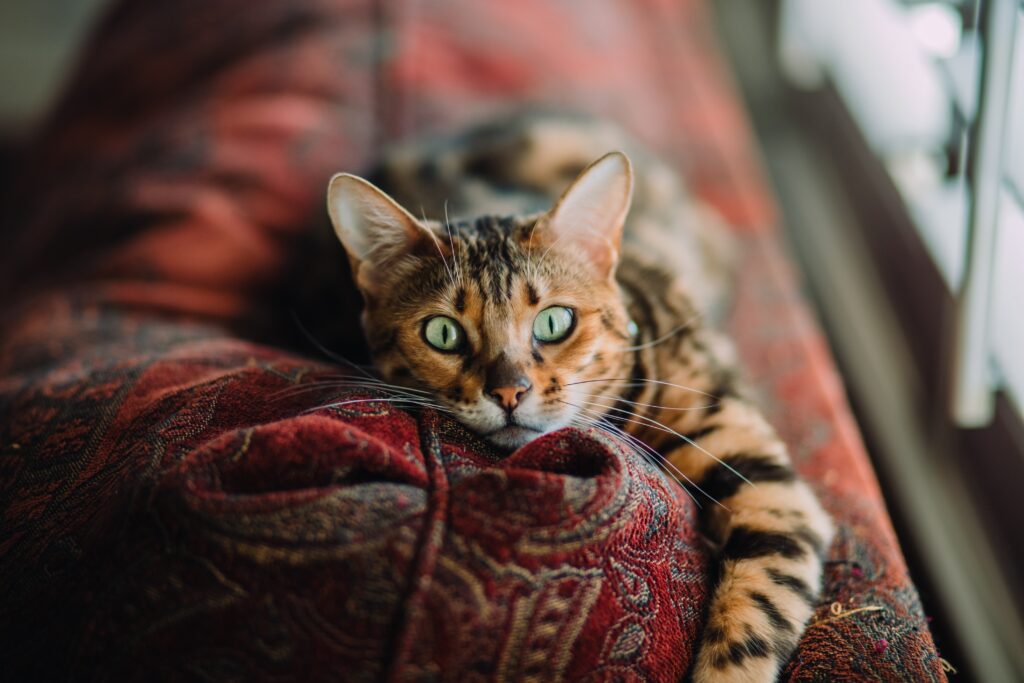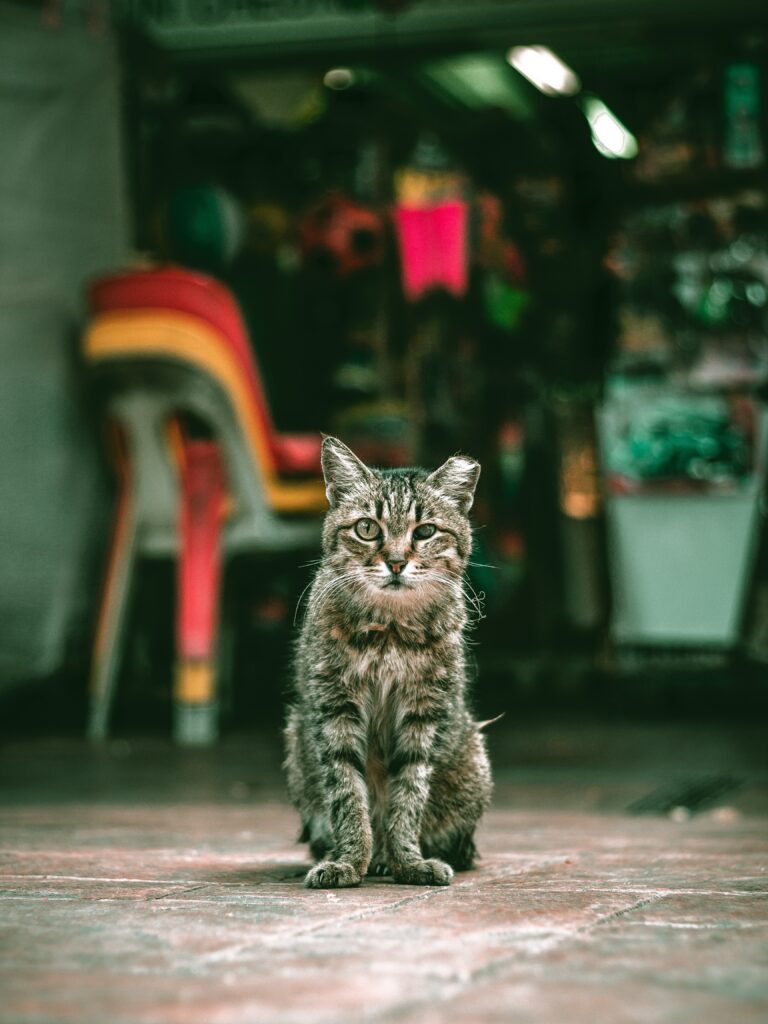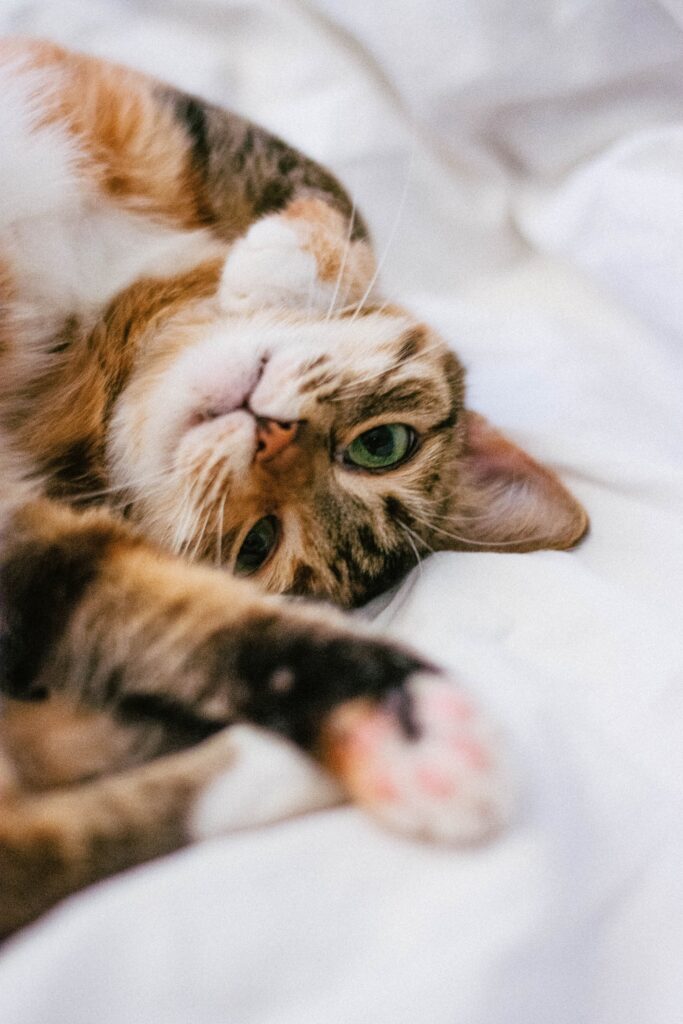
Catnip, a herb from the mint family, has a peculiar effect on certain feline companions. Not only does it possess a pleasant aroma that attracts cats, but it also has a captivating secret that induces the most spirited and mischievous behaviors in them. So, what exactly is catnip and what causes this bewitching reaction? In this article, we will unravel the mysteries behind catnip and explore why some cats go absolutely bonkers for its enchanting allure. Get ready to delve into the fascinating world of catnip and gain a deeper understanding of our feline friends’ irresistible fascination with it.
Table of Contents
What is Catnip?
Definition
Catnip, also known as Nepeta cataria, is a herbaceous plant that belongs to the mint family. It has heart-shaped leaves with scalloped edges and produces small white or purple flowers. Native to Europe and Asia, catnip is widely cultivated and used for various purposes.
Chemical Composition
Catnip contains a chemical compound called nepetalactone, which is responsible for its unique effects on cats. This compound acts as a stimulant and attracts felines through its distinct aroma. Nepetalactone is found in the leaves, stems, and seeds of the catnip plant.
How Does Catnip Work?
Reaction with Cats’ Sensory System
When cats come into contact with catnip, their sensory system is activated by the volatile nepetalactone. This compound stimulates their olfactory receptors, which are responsible for the sense of smell. The fragrance of catnip triggers a response in the cats’ brains, leading to various behavioral changes.
Effects on Behavior
Catnip can have diverse effects on a cat’s behavior. Some cats may become more active and playful, while others may relax and become sedated. Rolling, rubbing, vocalizing, and leaping are common responses that cats exhibit when exposed to catnip. These behaviors are a result of the interaction between catnip and the cats’ brain chemistry.

What Makes Cats Go Crazy for Catnip?
Genetic Predisposition
Not all cats are equally responsive to catnip. It is estimated that about 50-75% of cats exhibit a strong reaction to catnip, while the remaining percentage does not respond at all. This difference in sensitivity is believed to be influenced by genetic factors. Some cats inherit a genetic predisposition that makes them more responsive to catnip.
Influence on Brain
Catnip interacts with the receptors in a cat’s brain, particularly the ones related to pleasure. The nepetalactone in catnip binds to these receptors, triggering a response that leads to a cascade of behavioral changes. This interaction causes a release of chemicals in the brain, such as dopamine, which further enhance the cats’ response to catnip.
Sense of Smell
Cats have an incredibly strong sense of smell, which allows them to detect even the faintest scents. The aroma of catnip is highly attractive to cats, due to their sensitive olfactory receptors. The scent of catnip stimulates their sense of smell and plays a significant role in attracting and captivating cats.
Stimulating the Brain’s Pleasure Centers
When cats are exposed to catnip, it activates the pleasure centers in their brain. The nepetalactone in catnip stimulates the release of pleasure-inducing chemicals, creating a sense of enjoyment and satisfaction in the cats. This interaction provides cats with a temporary feeling of euphoria and happiness.
Do All Cats Respond to Catnip?
Sensitivity to Catnip
While a majority of cats do have a response to catnip, not all cats are affected by it. Sensitivity to catnip is an inherited trait, and if a cat does not possess the genetic sensitivity to nepetalactone, it will not have a reaction. Additionally, kittens under the age of three to four months usually do not have a response to catnip.
Percentage of Cats Affected
Approximately 50-75% of cats have a natural sensitivity to catnip. However, this percentage may vary depending on individual cats and their genetic makeup. It is essential to note that even among cats that are responsive to catnip, the intensity and duration of their reaction may differ.

Should Catnip Be Given to Cats?
Benefits of Catnip
Catnip can offer several benefits to cats. It provides mental and physical stimulation, making it an excellent tool for enriching a cat’s environment. Many cat owners use catnip as a means to encourage activity and exercise. Additionally, catnip can help alleviate stress and anxiety in cats, making it useful in situations such as vet visits or introductions to new environments.
Potential Risks
While catnip is generally considered safe for cats, it is crucial to use it in moderation. Ingesting large quantities of catnip may cause digestive disturbances, such as vomiting or diarrhea. Excessive use of catnip toys may also lead to aggressive behavior in some cats. It is recommended to observe your cat’s response to catnip and adjust its usage accordingly.
Alternative Plants That Affect Cats
Valerian Root
Valerian root is another herb that can have a similar effect on cats as catnip. It contains compounds that act as natural stimulants and can induce a response similar to catnip in some felines. However, it is important to note that valerian root has a stronger odor which might not be as appealing to all cats.
Silver Vine
Silver vine, also known as Actinidia polygama, is a plant native to East Asia. It produces a strong aroma that can provoke a response in cats similar to catnip. Silver vine contains different compounds to catnip, making it a suitable alternative for cats that do not respond to catnip.
Tatarian Honeysuckle
Tatarian honeysuckle, scientifically known as Lonicera tatarica, is another plant that can captivate cats. The smell of Tatarian honeysuckle can have a stimulating effect on cats, triggering behaviors similar to those seen when cats are exposed to catnip. This plant can be a great alternative for cats that are not attracted to catnip.

How to Use Catnip
Fresh Catnip vs. Dried Catnip
Both fresh and dried catnip can be used to captivate and stimulate your cat. Fresh catnip tends to have a more potent aroma, making it enticing for cats. On the other hand, dried catnip is convenient for storage and can be used to refill your cat’s toys or sprinkle onto scratching posts.
Ways to Present Catnip to Cats
Catnip can be presented to cats in various ways. Sprinkling dried catnip onto a scratching post or an interactive toy can encourage playfulness and engagement. Some cat owners also stuff catnip into toys or use it as a reward during training sessions. Experiment and find the right method that stimulates your cat’s interest and enjoyment.
Catnip Toys and Accessories
Types of Catnip Toys
There is a wide range of catnip toys available that can keep your feline entertained and engaged. From plush toys filled with organic catnip to interactive puzzle toys with hidden catnip compartments, there is a catnip toy for every cats’ preference. Whether your cat enjoys chasing, biting, or scratching, there is a catnip toy that can cater to its specific needs.
DIY Catnip Projects
For those who enjoy crafting and want to engage in hands-on activities with their cats, DIY catnip projects can be a fun and rewarding option. Creating homemade catnip-filled toys, such as felt mice or stuffed fabric shapes, can be a great way to bond with your feline companion while providing them with hours of joy and entertainment.
Using Catnip for Training
Associating Catnip with Desired Behaviors
Catnip can be a useful tool when it comes to training your cat. By using catnip as a reward, you can associate positive behaviors with the scent and taste of catnip. For example, if you are training your cat to use a scratching post, rewarding them with catnip after they exhibit the desired behavior can reinforce the habit and encourage them to continue using the post.
Using Catnip as a Reward
In addition to training, catnip can be used as a reward for good behavior or as a special treat. Whether it’s after a successful grooming session or as a reward for using the litter box consistently, giving your cat a small amount of catnip can be a positive reinforcement that strengthens the bond between you and your feline friend.
Conclusion
Catnip is a fascinating herb that has captivated cats for centuries. Its unique aroma and chemical composition can trigger a wide range of behaviors in our feline companions. While not all cats may respond to catnip, those that do can experience moments of joy, stimulation, and relaxation. Whether used as a training aid, a natural stress reliever, or simply for the sheer entertainment value, catnip can enhance the lives of both cats and their owners. So go ahead, bring some catnip into your feline friend’s life and watch them go wild with delight!
